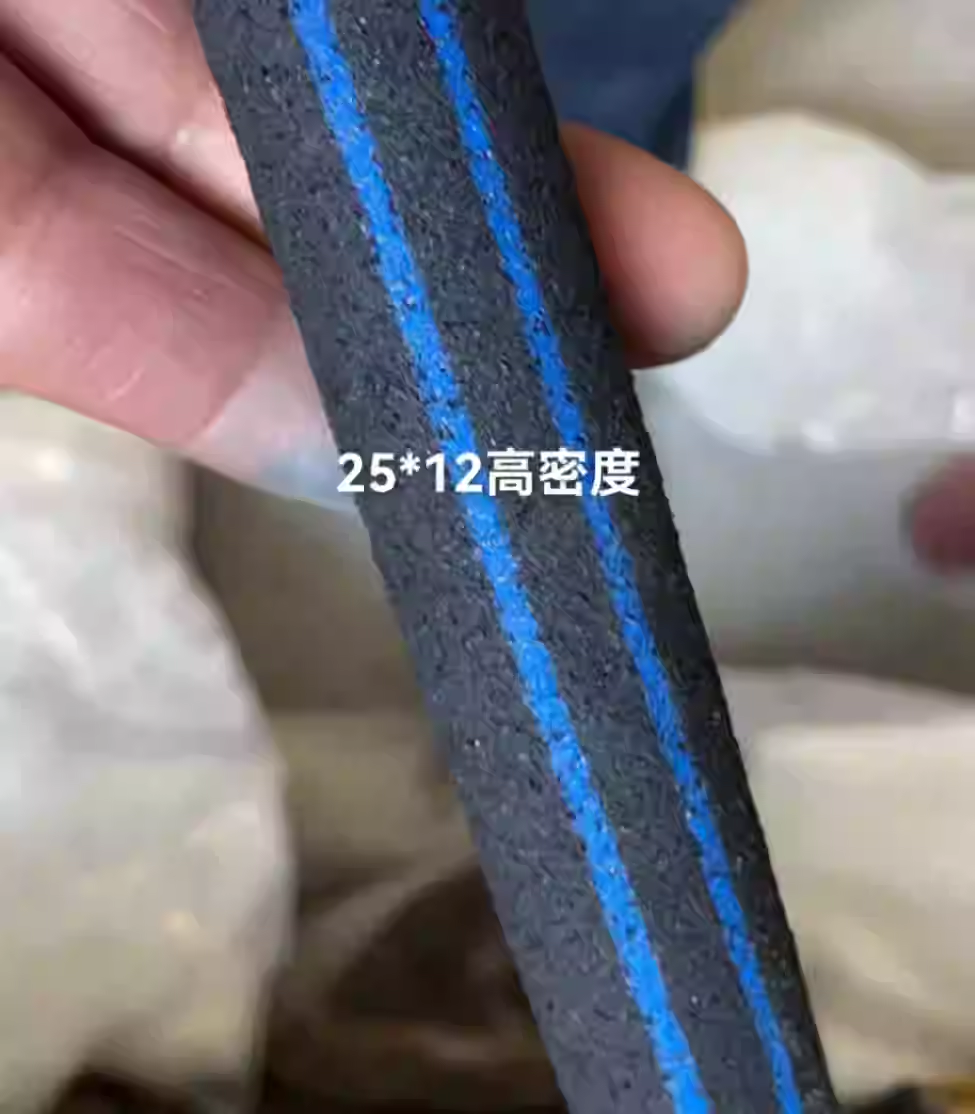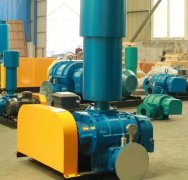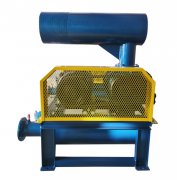The gas output per meter of microporous aeration tubes is a parameter influenced by various factors, including but not limited to gas-liquid ratio, pore size, pore density, and working pressure. The following is a detailed analysis of the gas output per meter of microporous aeration tubes:
1、 General gas output range
According to information from different sources, the air output per meter of microporous aeration tubes is usually between 0.20.4 cubic meters per hour (or 0.31.2 cubic meters per hour, measured in standard cubic meters). This range provides a basic understanding of the gas output of microporous aeration tubes.
2、 Influencing factors
1. Gas liquid ratio: Gas liquid ratio refers to the ratio of the volume of gas entering the microporous aeration tube to the volume of liquid per unit time. In general, the larger the gas-liquid ratio, the greater the gas volume in the microporous aeration tube.
2. Pore size: Pore size refers to the pore size of each micropore in the microporous aeration tube, commonly measured in micrometers (μ m). The selection of pore size needs to consider factors such as the requirements for treating wastewater, the size of microporous aeration tubes, and pore density. Generally speaking, the smaller the pore size, the smaller the gas volume of the microporous aeration tube.
3. Pore density: Pore density refers to the number of micropores in the microporous exposure tube, usually measured in units of quantity per meter. The selection of pore density needs to consider factors such as the size of the microporous aeration tube, the amount of treated water, and the pore size. Generally speaking, the higher the pore density, the greater the gas volume in the microporous aeration tube.
4. Work pressure: The working pressure of microporous aeration tubes can also affect the calculation of their gas volume. Within the range, as the working pressure increases, the gas volume of the microporous aeration tube will gradually increase. However, when the working pressure is too high, gas will not be able to enter the interior of the microporous aeration tube, resulting in a decrease in gas volume.
3、 Considerations in practical applications
In practical applications, it is necessary to comprehensively consider factors such as the water depth, oxygen demand, and airflow transmission distance of the aeration tank, and select appropriate aeration tube models, quantities, and spacing.
In addition, regular cleaning and maintenance of the aeration tube is also an important measure to ensure its normal operation and service life.
In summary, the gas output per meter of microporous aeration tubes is a complex parameter influenced by multiple factors. In practical applications, it is necessary to comprehensively consider and calculate based on specific situations to determine the appropriate type and quantity of aeration pipes to meet the needs of sewage treatment.



